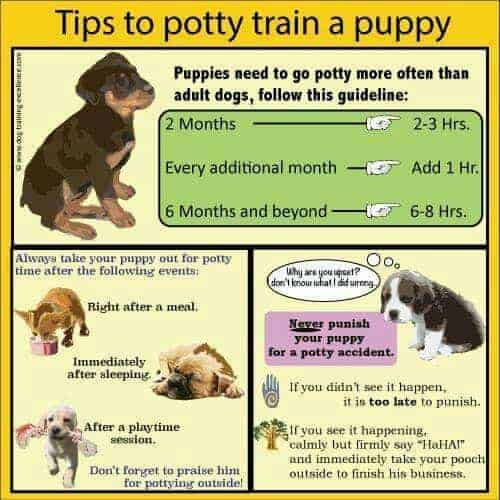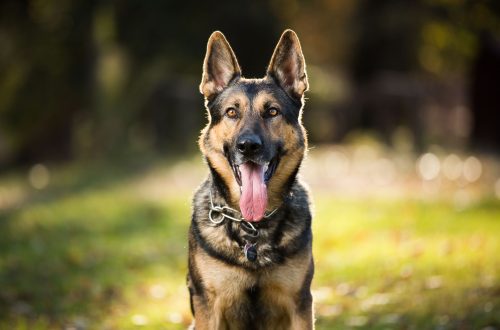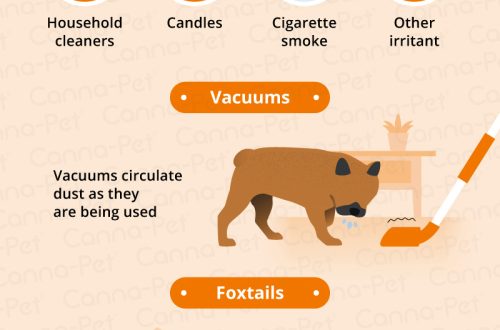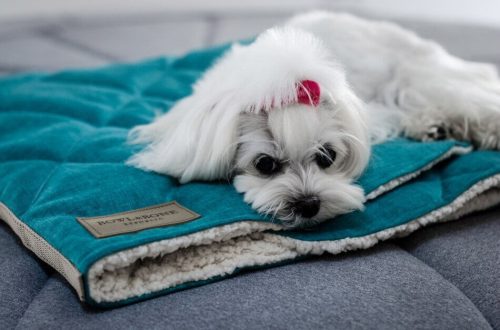
Tips for toilet training a puppy
Toilet training a puppy is one of the first things that will help your little one get used to a new home, and there are several ways to do it. Check out our tips for successfully toilet training your dog.
Contents
1. The toilet must be in a certain place.
Before potty training your puppy, decide where you will be taking him out. Is there a lot near your house? Show your pet a place that can be quickly reached. A dog kept in an apartment also needs to be shown a place with natural soil, to which it can quickly reach, on which pedestrians and vehicles do not go.
Once you have decided where you will take your dog during toilet training, you should take him to the same place each time. Dogs recognize territory by smell, so consistency is important when toilet training a puppy.
2. Learn the signals that the puppy gives when he needs to “go out.”
Maybe you speak different languages, but the puppy will definitely show you what he needs to go to the toilet. There are several signs to look out for. Take your dog to the toilet without delay if you notice that he:
- He sniffs under his tail.
- Walks in circles.
- Barks near the door or scratches it with claws.
- Smells the floor.
- Squatting down.
Perhaps you will notice the last sign too late, but in any case, open the door so that the pet knows that the toilet is waiting for him at any time.
You will need to get your puppy outside quickly as soon as you notice any of the above signs, so get ready ahead of time. Hang a leash near the door to get out as soon as possible. As soon as the pet remembers where his toilet is, he will go there himself. Just remember to take it out to the same place every time.
3. Observe feeding times.
When training a puppy to the toilet, you need to follow the feeding schedule. This is important for two reasons: First, scheduled feeding trains the dog to wait for food at a certain time. Secondly, when you feed her at certain hours, you can train her to go to the toilet immediately after eating.
4. A bowl of water.
If your dog drinks a lot, chances are he needs to go to the bathroom often. To avoid puddles at home, take the puppy outside almost immediately after he drinks so that he is at the right time in the right place.
5. Go outside as often as possible.
If you want your dog to go to the toilet only outside, take him out regularly. As a rule, you should take your puppy to the toilet in the morning, after each feeding and whenever you notice one of the above “signals”. Very young puppies need to be walked every hour to avoid an “accident” until you figure out what time he usually does his business. Gradually, you can increase the intervals between going to the toilet, until you gain the final confidence that the pet will show you that he needs to go out. Take the dog out just before bedtime – believe me, at 3 o’clock in the morning you will understand how wise this decision is. Dogs need to go outside for thirty minutes after each feeding to maintain intestinal motility.
6. Praise helps.
Everyone likes to feel that he did his job well – your puppy will also benefit from positive reinforcement. It doesn’t matter if you give him a treat or just say, “Well done!” while petting him. Just show him that you appreciate his efforts to do everything right.
7. React calmly to an “accident.”
If your dog messed up and did his homework, stay calm and collected. Immediately take her to the toilet in the designated place, but remember that “accidents” cannot be avoided during training. Be patient and don’t give up! Never punish an animal for uncleanliness, because this will only make the situation worse.
The most important thing is to clean up the place where the incident happened as soon as possible and as best as possible. If the puppy smells urine or feces in the house, he will become confused and think that now it is okay to go to the toilet at home. As soon as he understands where to mark his territory, the problem will disappear. To clean the floor, use dog-safe cleaners and keep your pet away from the area until it is dry.
8. Prepare for different situations.
While toilet training your puppy, there may be different situations that you need to prepare for. Here are a few options for the development of events:
Introducing your puppy to new people and new places
You will certainly want to show the puppy to friends and family. Under the stress of meeting new people, your pet’s bladder may burst. Once you know about it in advance, you can prepare. Take your puppy to the toilet before meeting new people or a new place.
Also, if you take your puppy to a house with other dogs, he may sniff around and try to mark his territory, so be prepared to get him outside quickly. There he can mark as many bushes as he wants.
Traveling with a puppy during toilet training
A puppy in the house does not mean that life has stopped. What if you want to go somewhere? In this case, you need to decide whether you will take him with you or ask someone to look after him in your absence. If you decide to take your pet with you, take him to the toilet before you leave, and make stops about every two hours so that he can rest and do his own business. (I don’t think you and your passengers would like to drive all the way smelling like dog urine or worse…) If you decide to adopt a four-legged baby or ask relatives or friends to look after him, be sure to warn them that your pet is in the process of toilet training . Tell us in detail how you work with a puppy so that the training order is not violated. There is hardly anything more difficult for dogs than a lack of consistency in training.
Bad weather plan
Naturally, sooner or later you will encounter bad weather during your dog’s toilet training, so it’s best to prepare in advance. It is unlikely that the puppy will agree to wait until the rain stops, so put a large umbrella closer to the door that will not allow you or your four-legged friend to get wet. It is also necessary to have a towel to dry your paws after a walk, to eliminate the need to wash dirty footprints around the house. A snowfall can be a little embarrassing for your puppy, who doesn’t yet know why everything suddenly turned white around him. Let him play and explore the snow for a while, but remember that dogs can catch a cold just as easily as people, so keep an eye on the length of the walk, because the pet still has time to do important things. If he already has a designated litter box, you can take a shovel and clear a path to make it easier for the dog to get to it. Again, the foundation of puppy training is consistency.
Move
Moving can be stressful for both a puppy and an adult, well-trained dog. Of course, the pet will want to explore a new place and may even try to mark the territory. To help him get used to his new home, take him to a place where he will have a toilet without delay. Take him out more often, praise him or give him treats when he’s done the right thing to immediately restore his good behavior skills. It would be a good idea to limit his movement around the new house to a small space until he gets used to the toilet in the new place. You do not want to find a “surprise” in the far corner of the house, where your pet went without your knowledge.
In any case, the best thing you can do is calm your four-legged friend and continue training. Anxious, tense and frightened dogs are more prone to uncleanliness at home, even if they are well trained.
9. Health problems.
Finally, if all your attempts to toilet train your pet fail, you should take him to the veterinarian. Frequent cases of uncleanliness in the house can be a sign of health problems. If you have any doubts about this, contact your veterinarian immediately. Perhaps he will advise you on how to adjust the process of accustoming or feeding the puppy, and if a health problem is nevertheless confirmed, then it is better to identify it as early as possible.





